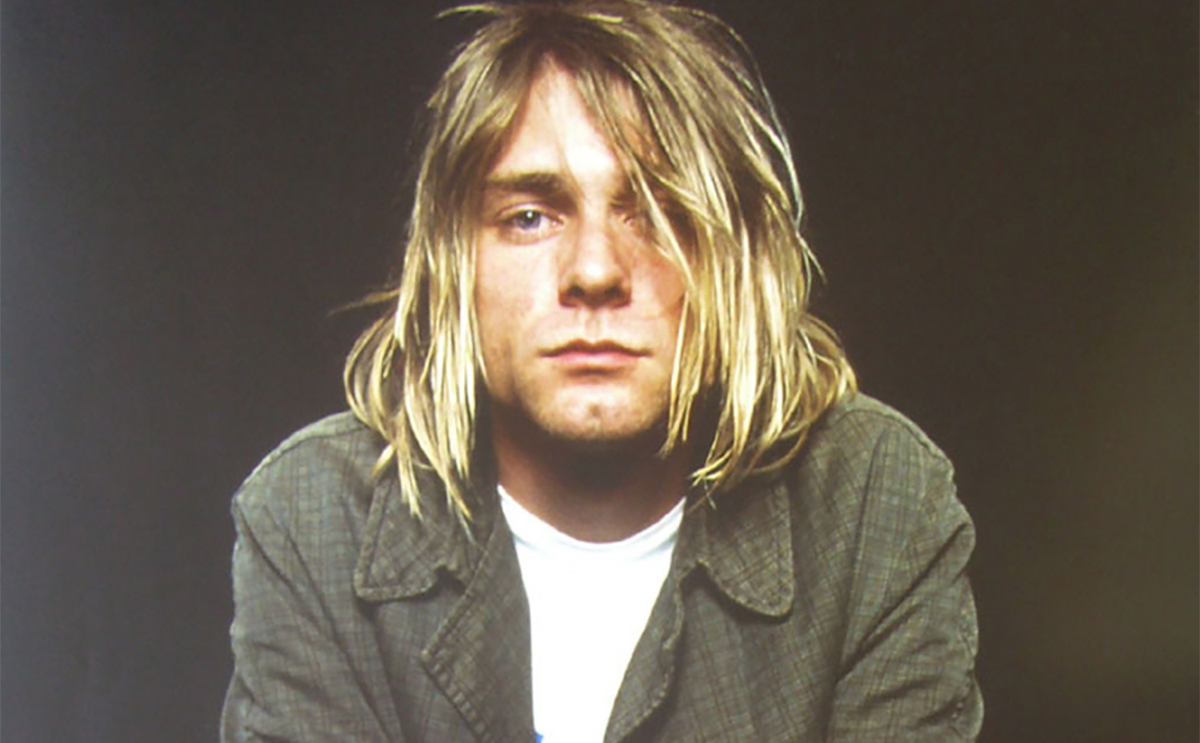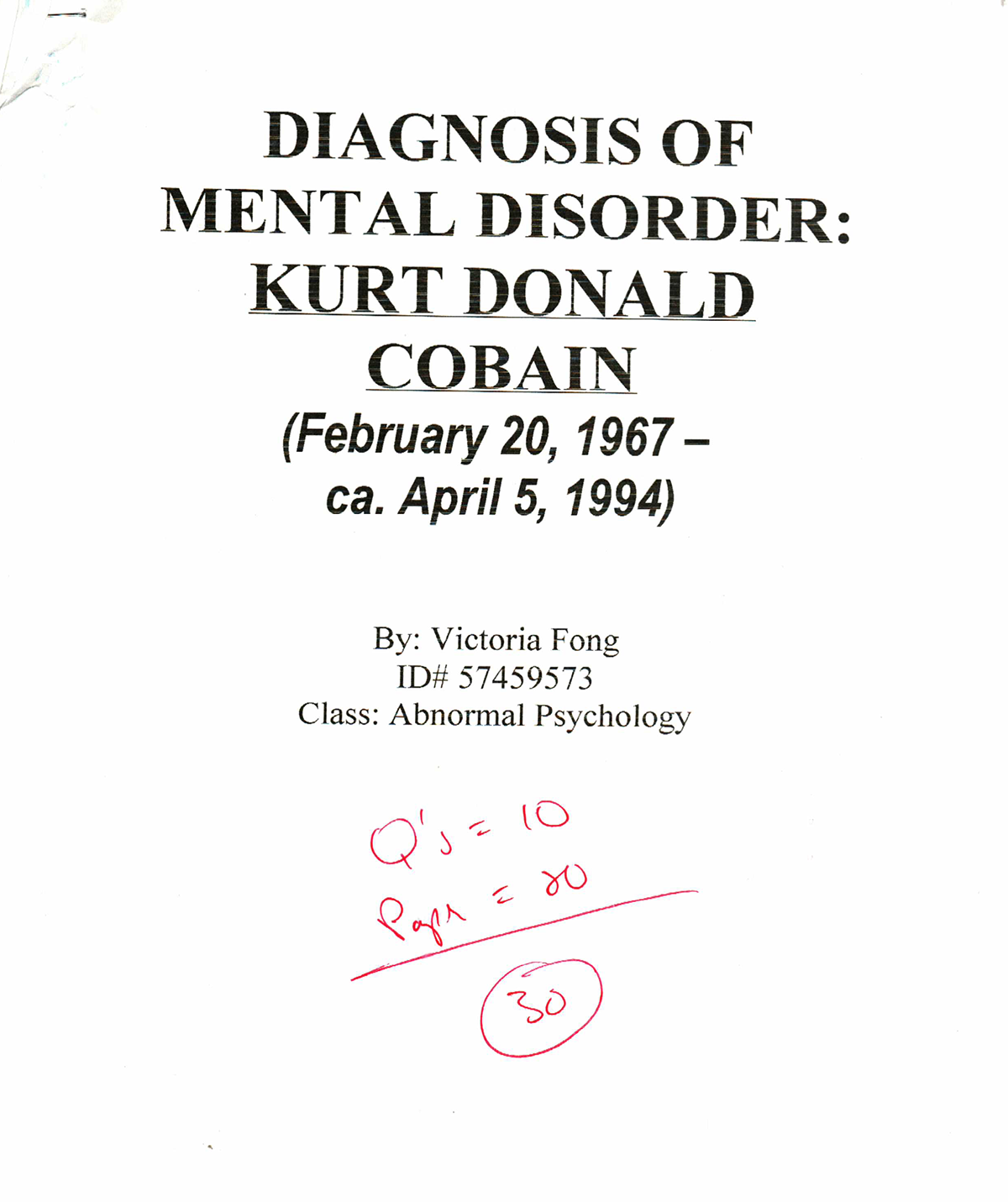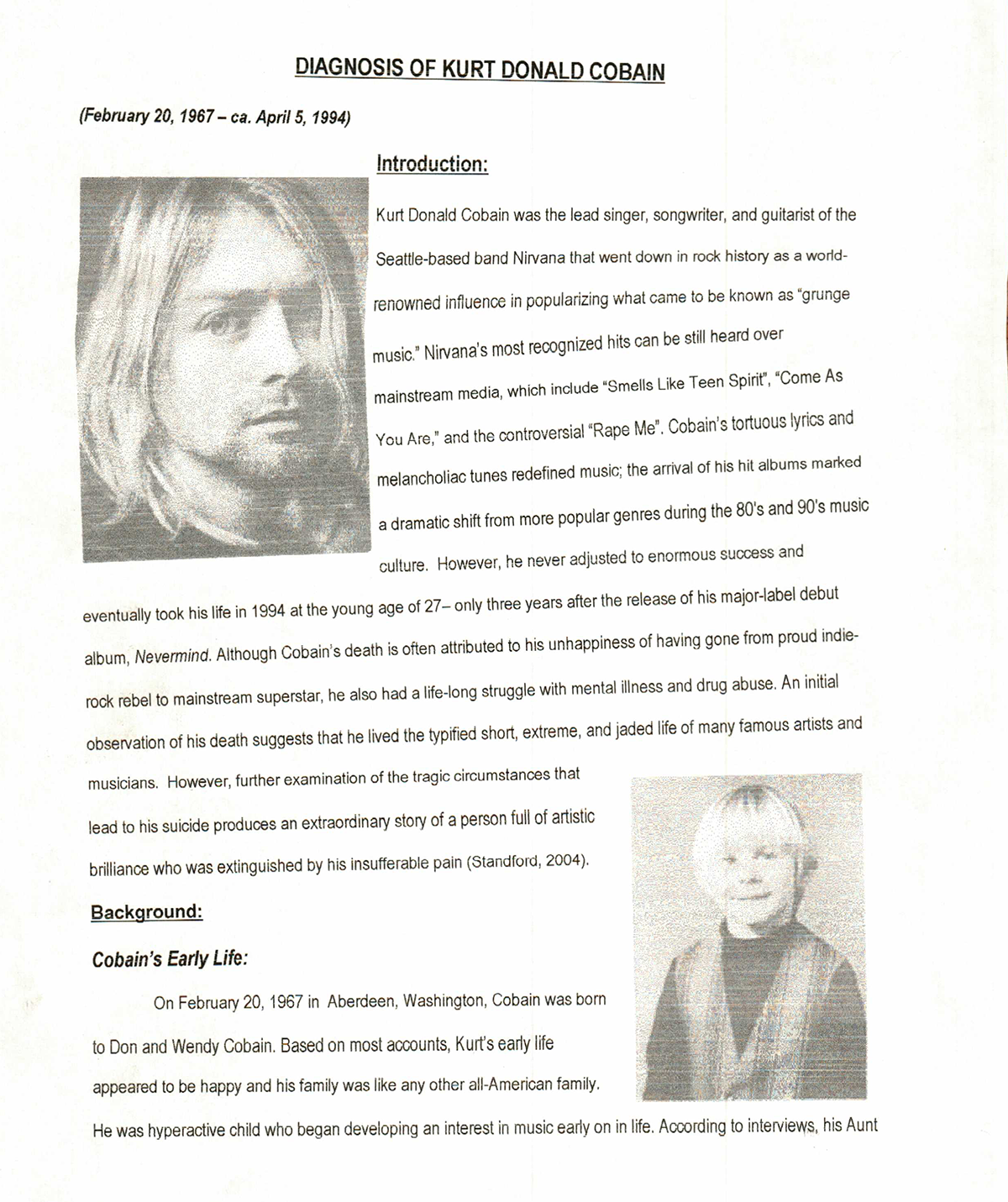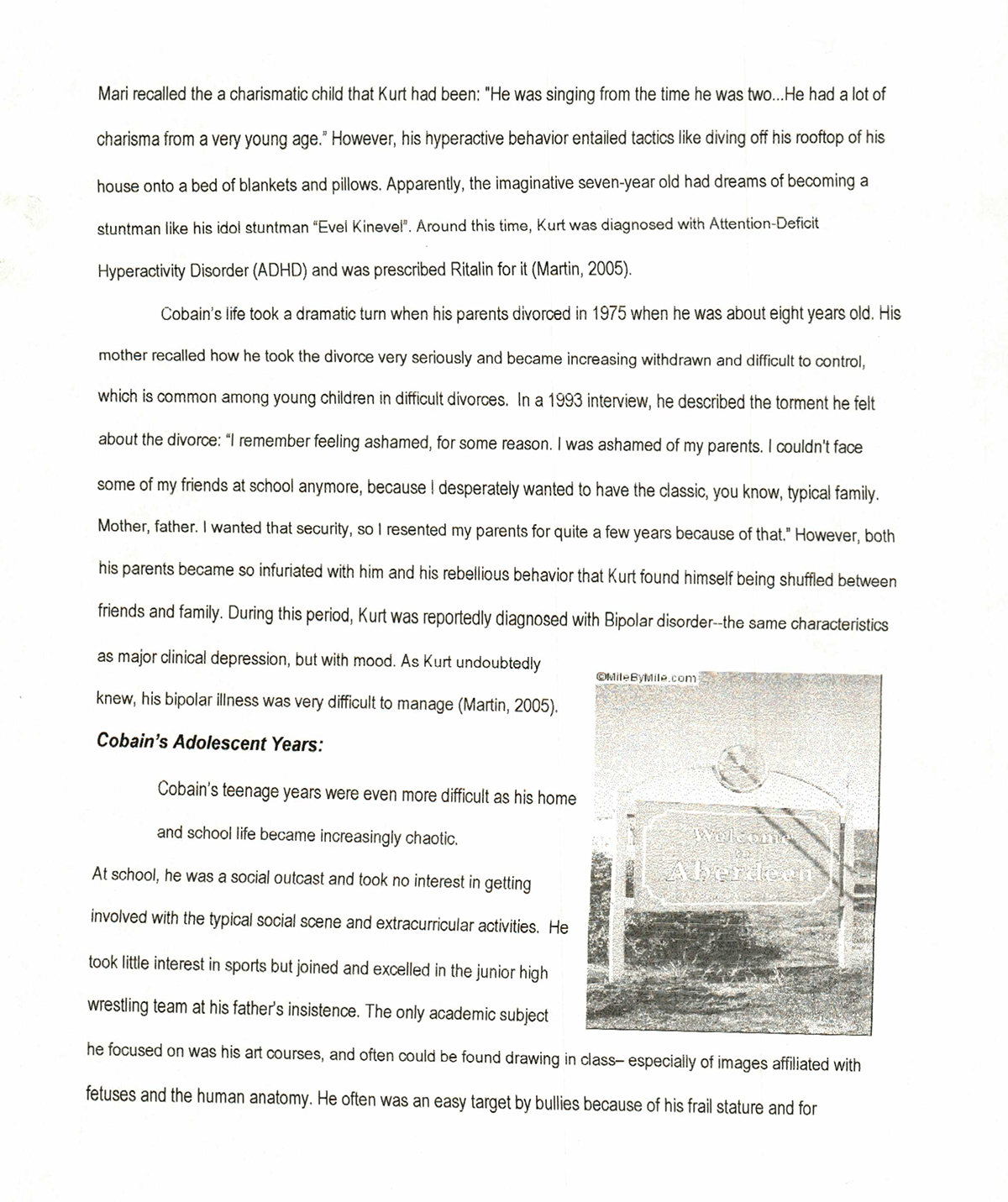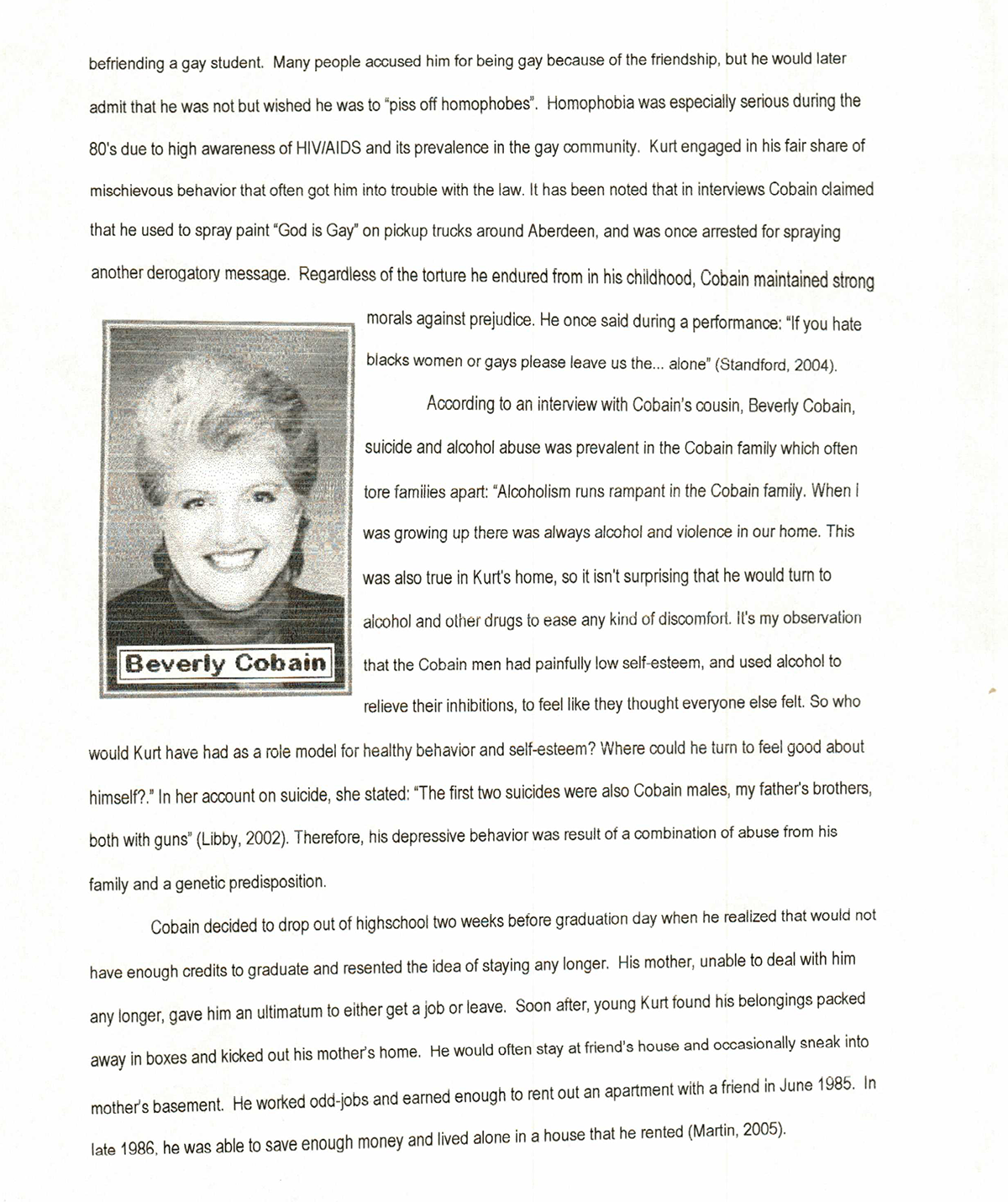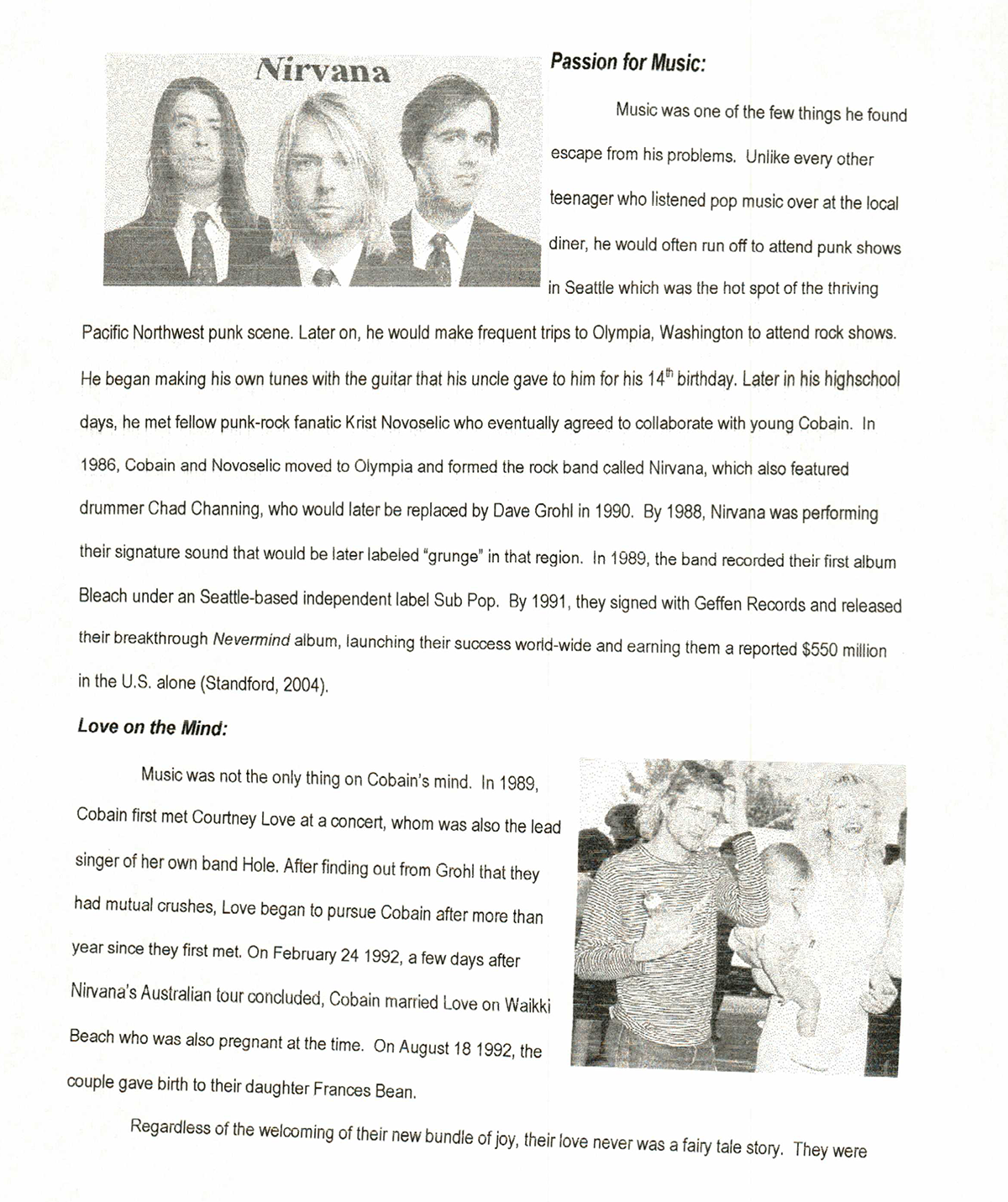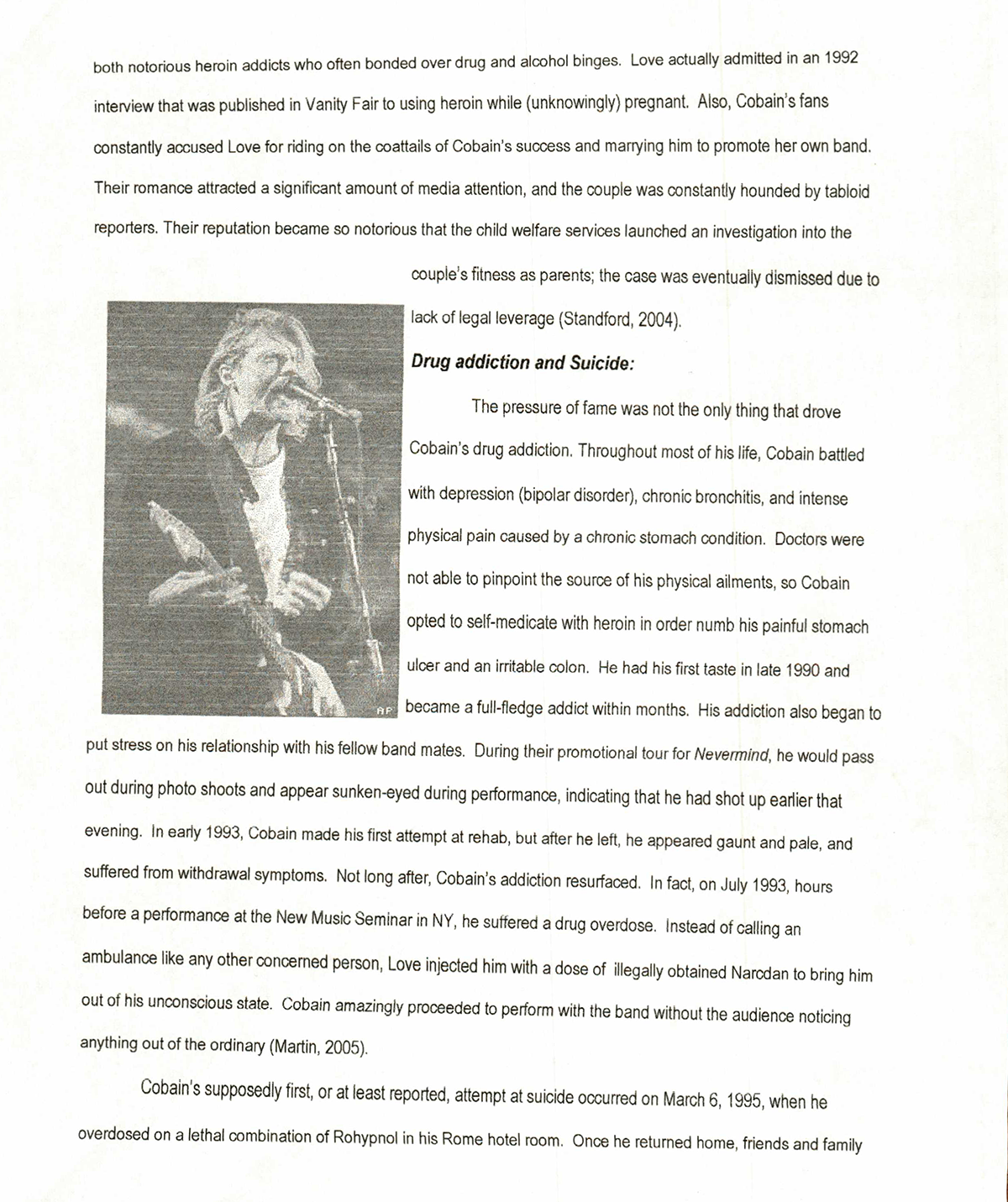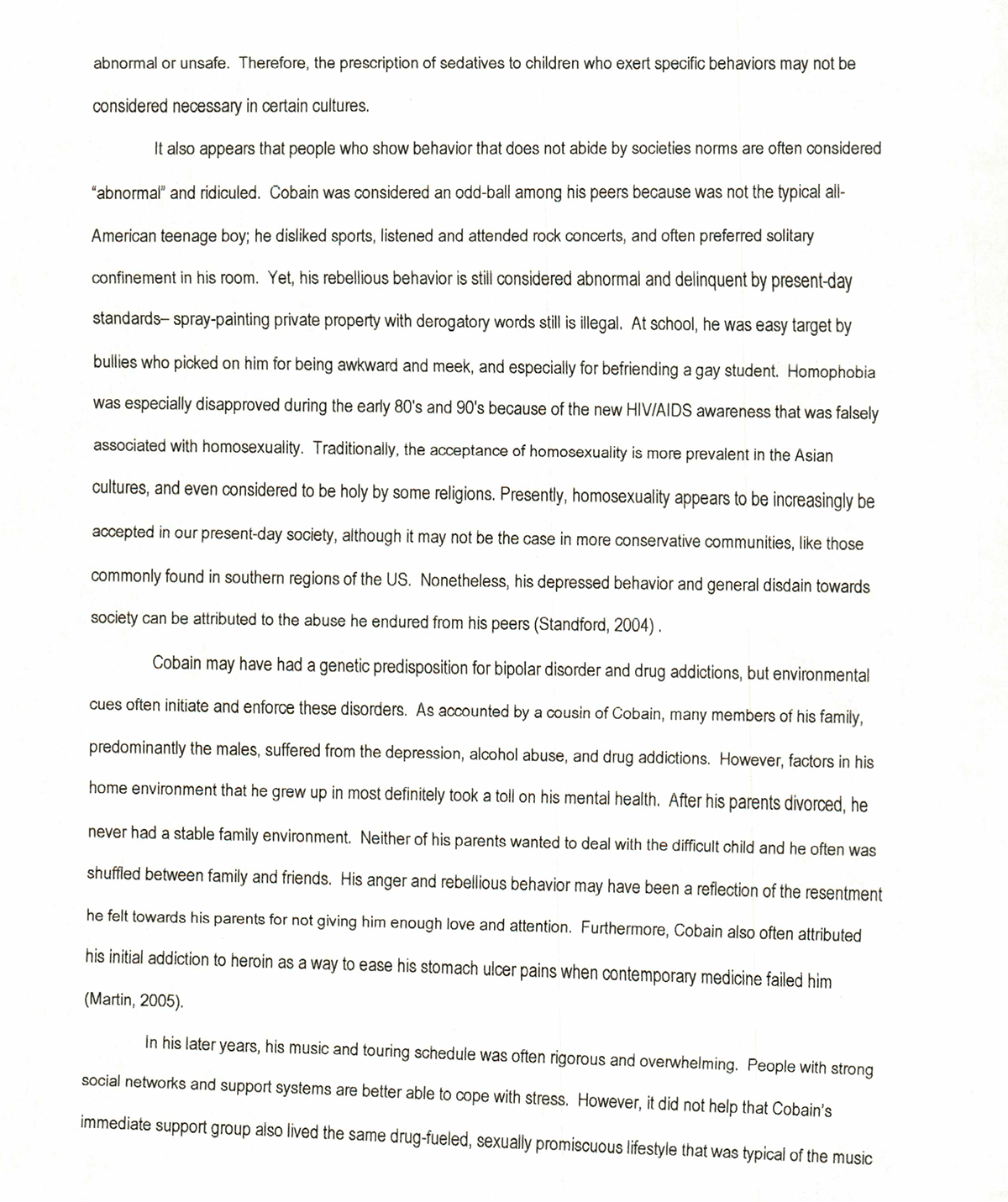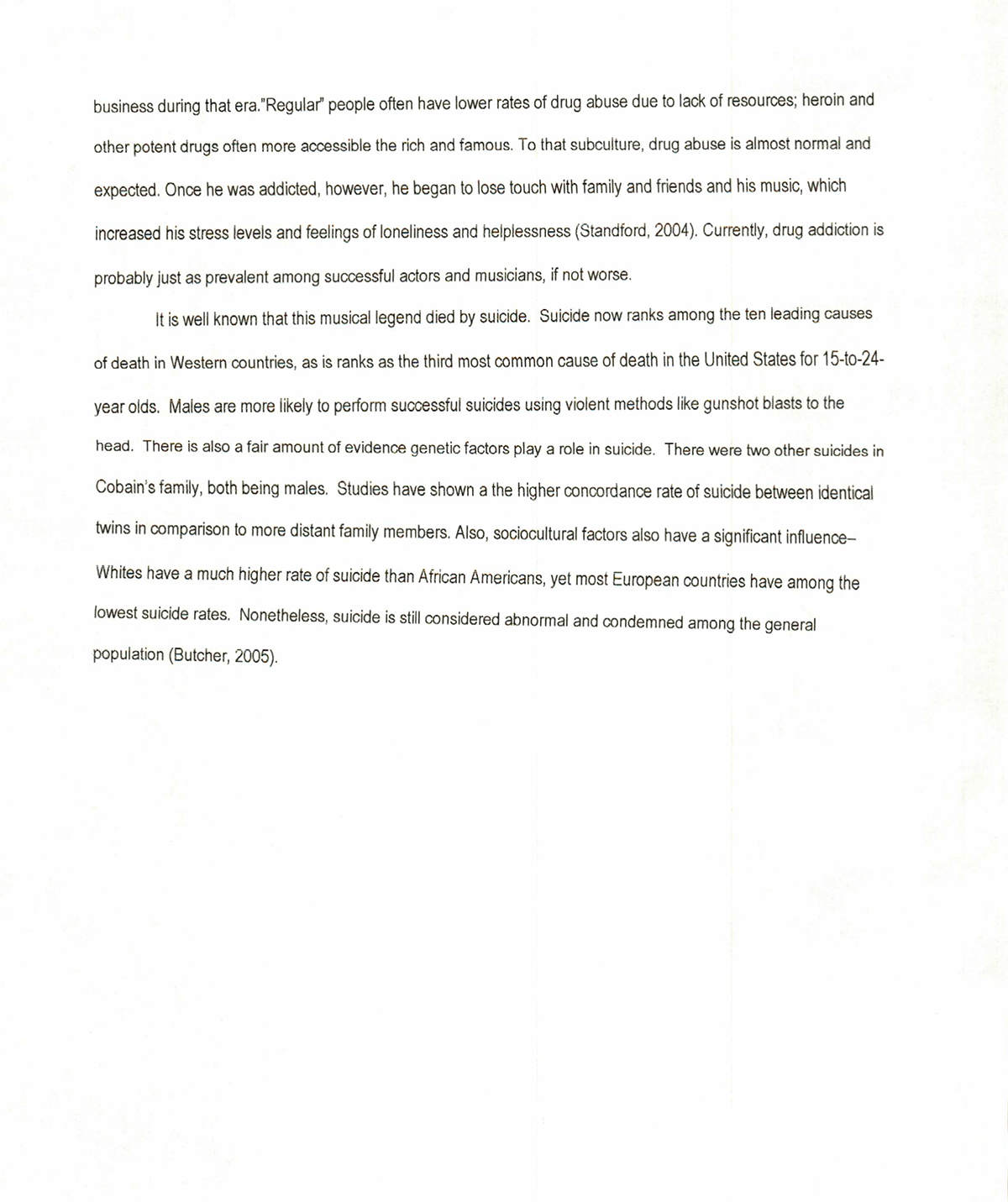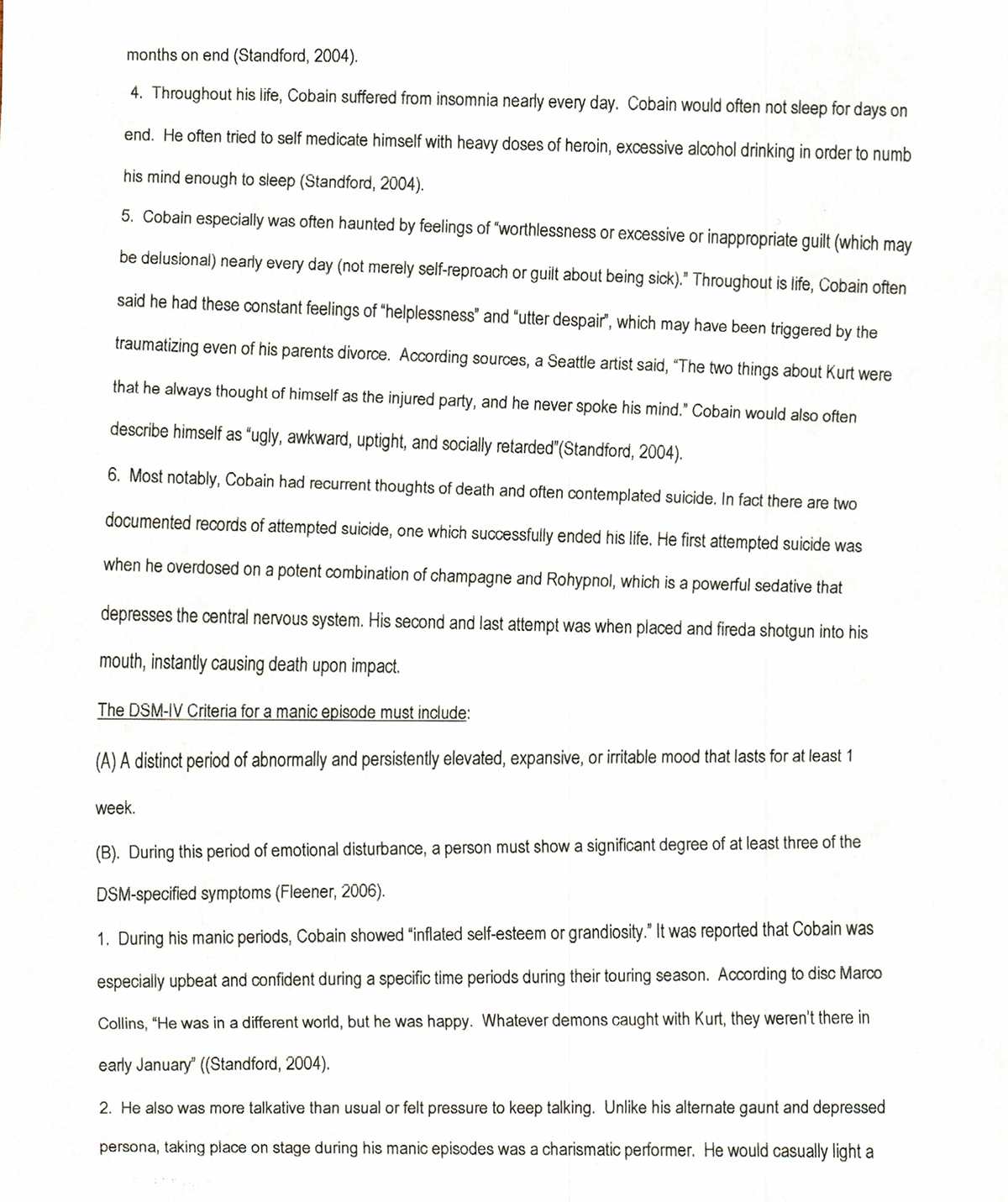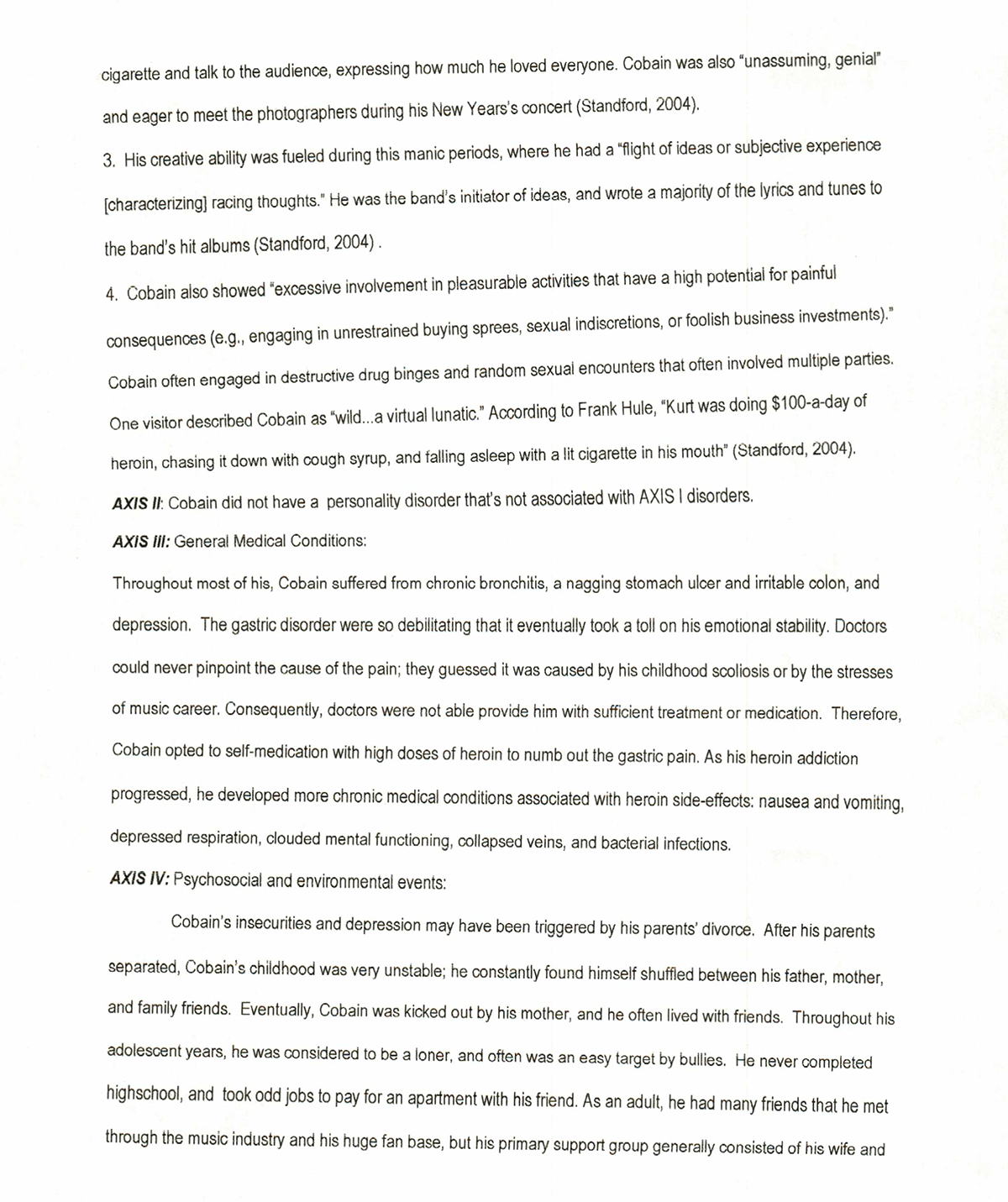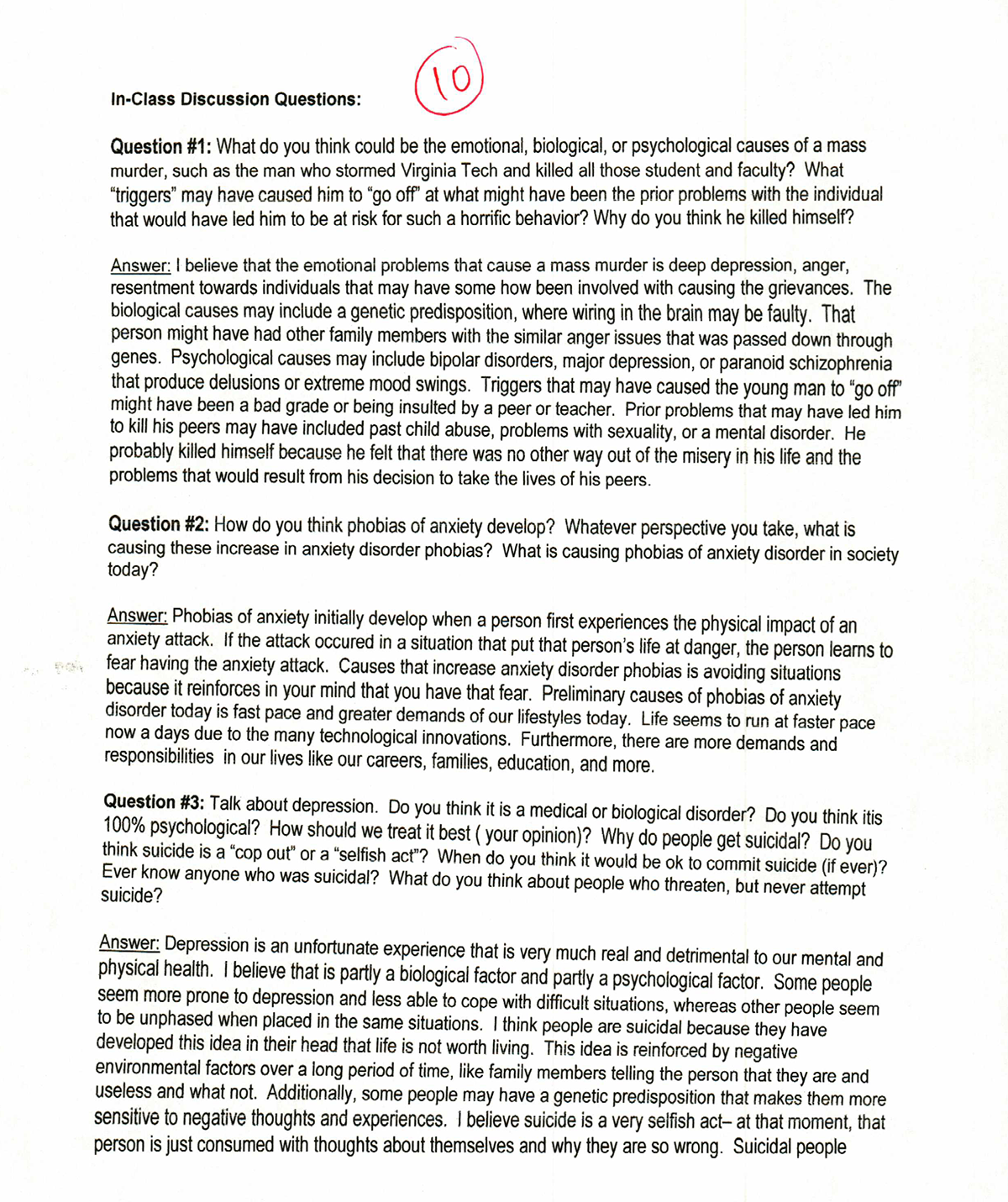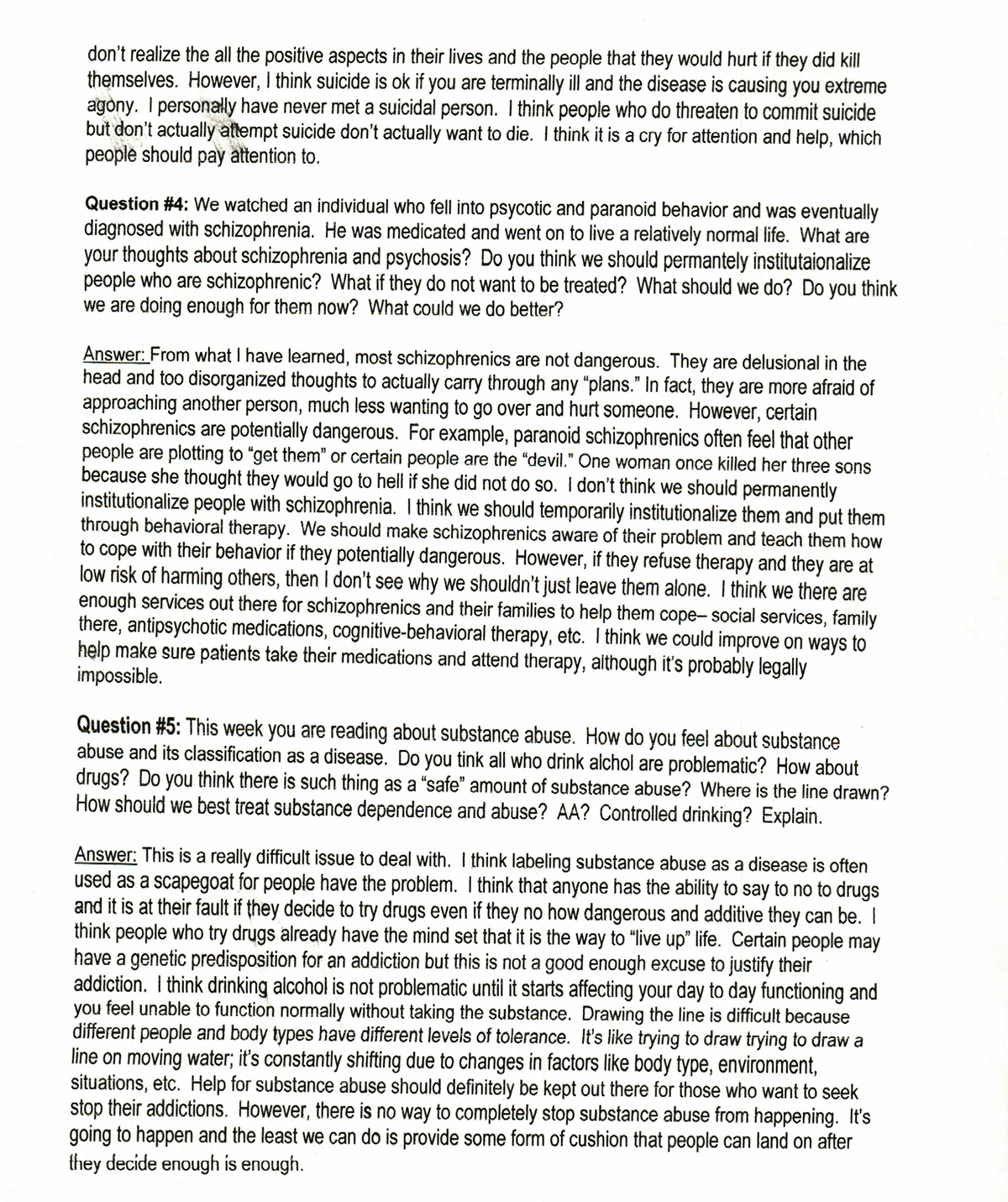EAST MEETS WEST
ON KIDNEY FUNCTION
How the Kidneys are the Root of Wellness
in Chinese and Western Medicine.
With pesticides and herbicides as a primary additive to our food systems; water pollution being a global catastrophe showing no slowing down; regular alcohol consumption consistently promoted as a social norm; the prescription of pharmaceuticals as the primary tool for resolving a chronic pain epidemic: I think it’s fair to say that the general public in the U.S. is pretty oblivious to how important our kidneys are for maintaining the homeostasis of our bodies. Not only does it function as the filtration system for the bodies’ perpetual production of potentially toxic waste products, it produces some of our bodies’ most important regulatory molecules like glucocorticoids for the infamous flight-fight-fright response (cortisol, adrenaline/epinephrine, and norepinephrine), your reproductive hormones (including androgens), and aldosterone for regulating blood pressure, to name a few. These molecules also happen to function as both neurotransmitters and hormones — that means these molecular messengers can essentially interact with any organ system of the body. In Traditional Chinese Medicine, the kidney is more of a description of the interrelated capabilities involved with the actual two physical organs. TCM practitioners also consider the kidney system the root of the energetic storage house of the body (or the “ming men”). In the infographics below, I’ve tied in some of the interrelating biochemical functions described by our Western Medical System with key descriptions from Traditional Chinese Medicine. The goal is to better understand why our kidneys should be considered one of the most important organ systems for indicating an imbalance in our bodies. Hopefully, it will inspire you to better take care of your magnificent pair. -VF
“If the water of the kidney cannot control the fire of the heart, the mind-spirit will become restless.”
The Renin-Angiotensin-Aldosterone System (RAAS) controls the blood pressure for fluid filtration and electrolyte balance through a network of checks-and-balances between the kidneys and the heart, though effects are experienced throughout the body. Hyperactivity of the RAAS system is also observed in depression. “THE Kidney storeS Jing or the Essence of Life — the substance that nourishes, fuels, and cools the body.”
The characteristics of strong Jing include prominent facial features, hearing, teeth, hair, and strong adrenals/kidneys. These traits share the same embryological origin as neural crest cells (NCCs) — a stem cell population with great abilities of self-organisation that undergo challenging cellular migrations to form the associated structures. Jing is both inherited (genetics) and acquired (food/water). “The Kidney is to dominate the regulation of Water Metabolism.”
The kidneys’ glomerular filtration removes excess fluid and waste products from the blood while playing a central role in the homeostasis of ions that are important for many biological functions (e.g. calcium, Vitamin D, etc.). “the kidney governs the bones, a substance born from water.”
The kidneys control the levels of calcium, Vitamin D/Calcitriol, phosphate, and cortisol, which are responsible for forming the crystalline structure of your bones. These compounds are also important for the regulation of central and peripheral mechanisms.“The Kidney controls the reception and holding of the Qi to support the functions of the Lung.”
The regulation of acid-base equilibrium, modification of partial pressure of carbon dioxide and bicarbonate concentration, and the control of blood pressure and fluid homeostasis are all closely dependent on renal and pulmonary activities. “The Kidney energy controls the sex drive and reproduction.”
Through the core energy center or “ming men”, the kidneys are depleted of “jing” during intercourse, and thus overexertion is warned against. We now understand that the kidneys are intimately connected to the adrenal glands, which release sex hormones (i.e. estrogen and testosterone) along with other neurohormones that regulate other functions like the stress response. The ovaries and testes also emerge from the primitive kidney during embryological development.“The Spirit of the Kidney rules Willpower and the Survival Instinct.”
The kidneys produce many types of important hormones (histamine, serotonin, brain natriuretic peptide, adrenalin, norepinephrine, dopamine, etc.) that function universally as neurotransmitters, and are intimately connected with our state of being, our emotional and psychological health, and the seat of our primal state of fear.



